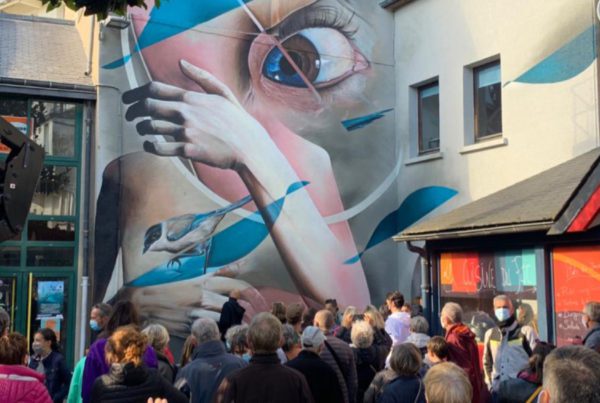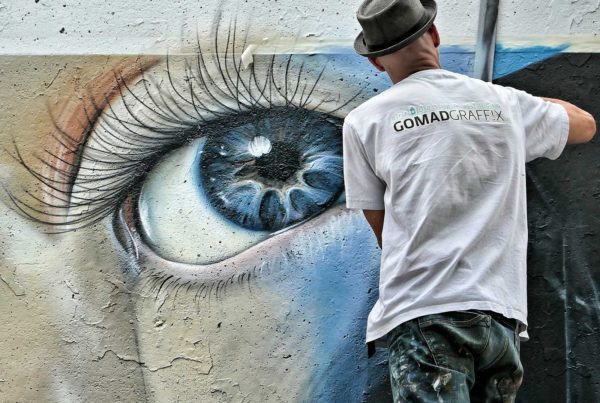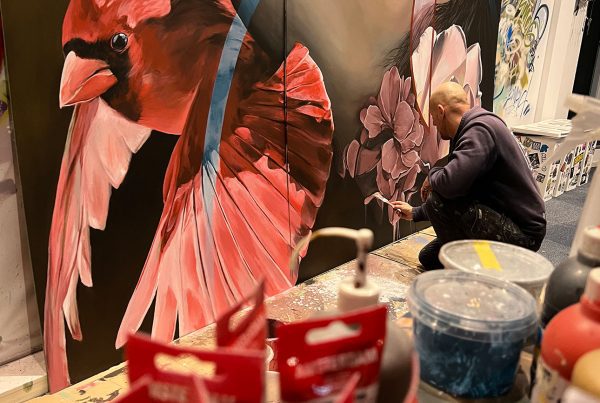Graffiti is as old as humanity
The word “graffiti” is derived from the Italian word “graffio,” which means “scratch.” Many people see graffiti and the act of defacing walls as a modern outgrowth of hip-hop culture. But nothing could be further from the truth. The history of graffiti goes back thousands of years—from cave paintings to Roman proverbs, from medieval inscriptions to modern street art. In short, graffiti has always been around.
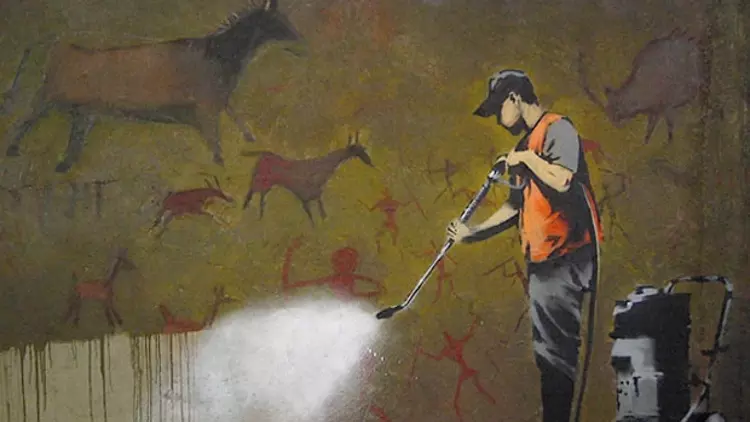
In this article:
The history of wall paintings (murals)
Ancient expression
The oldest cave paintings and inscriptions date back to 40,000 BC. Cave dwellers left their stories in the form of rock carvings. These early forms of wall art were considered ritual or artistic, not vandalism.
Aboriginals and Indians
17,300 year old Kimberley kangaroo is recognized as Australia’s oldest Aboriginal rock painting and of course it’s a kangaroo. American Indian rock paintings, pictographs, engravings or petroglyphs, vary in age but can be thousands of years old, with some of the oldest evidence of human activity in North America dating back 10,000 to 15,000 years ago.
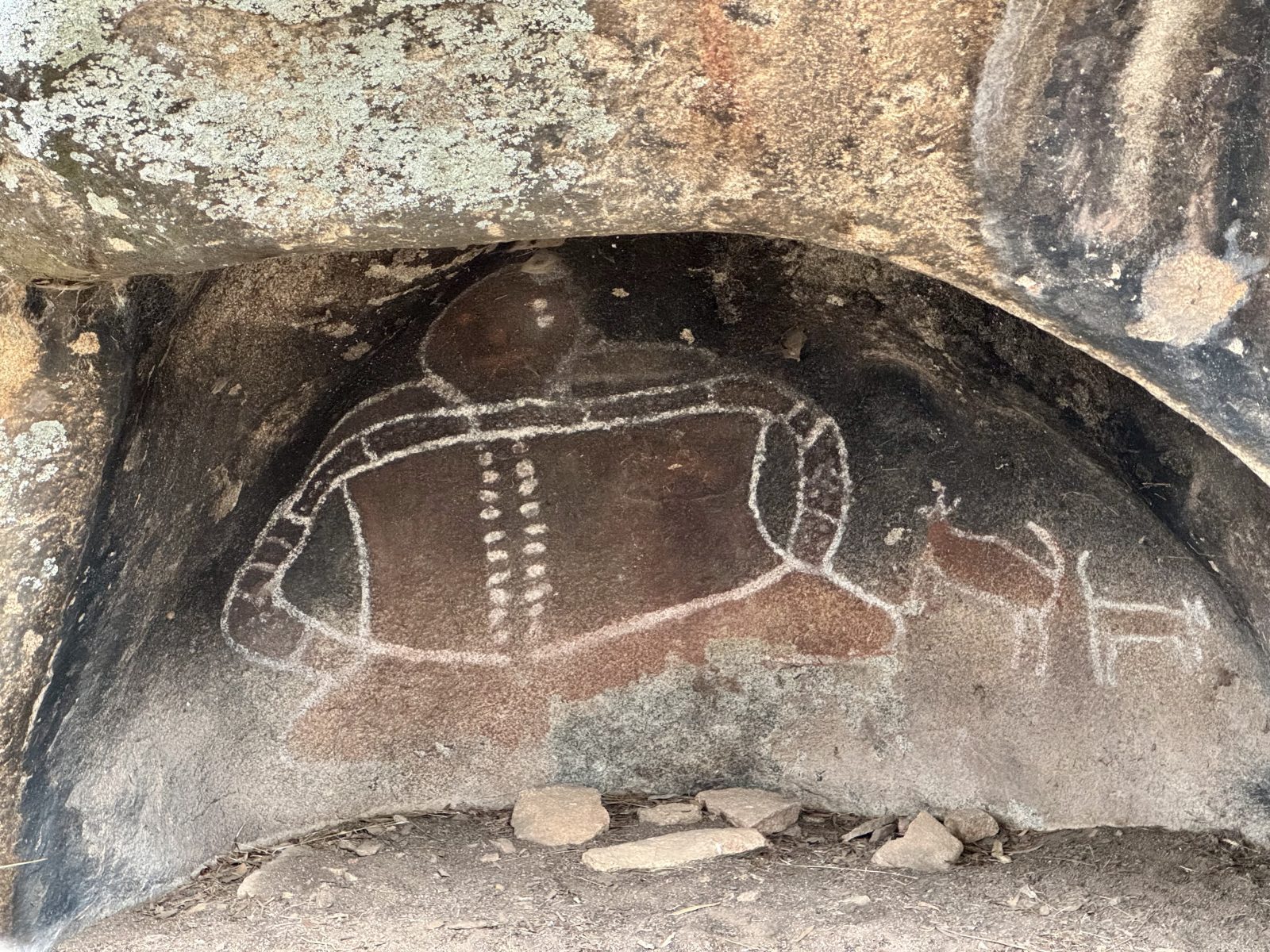
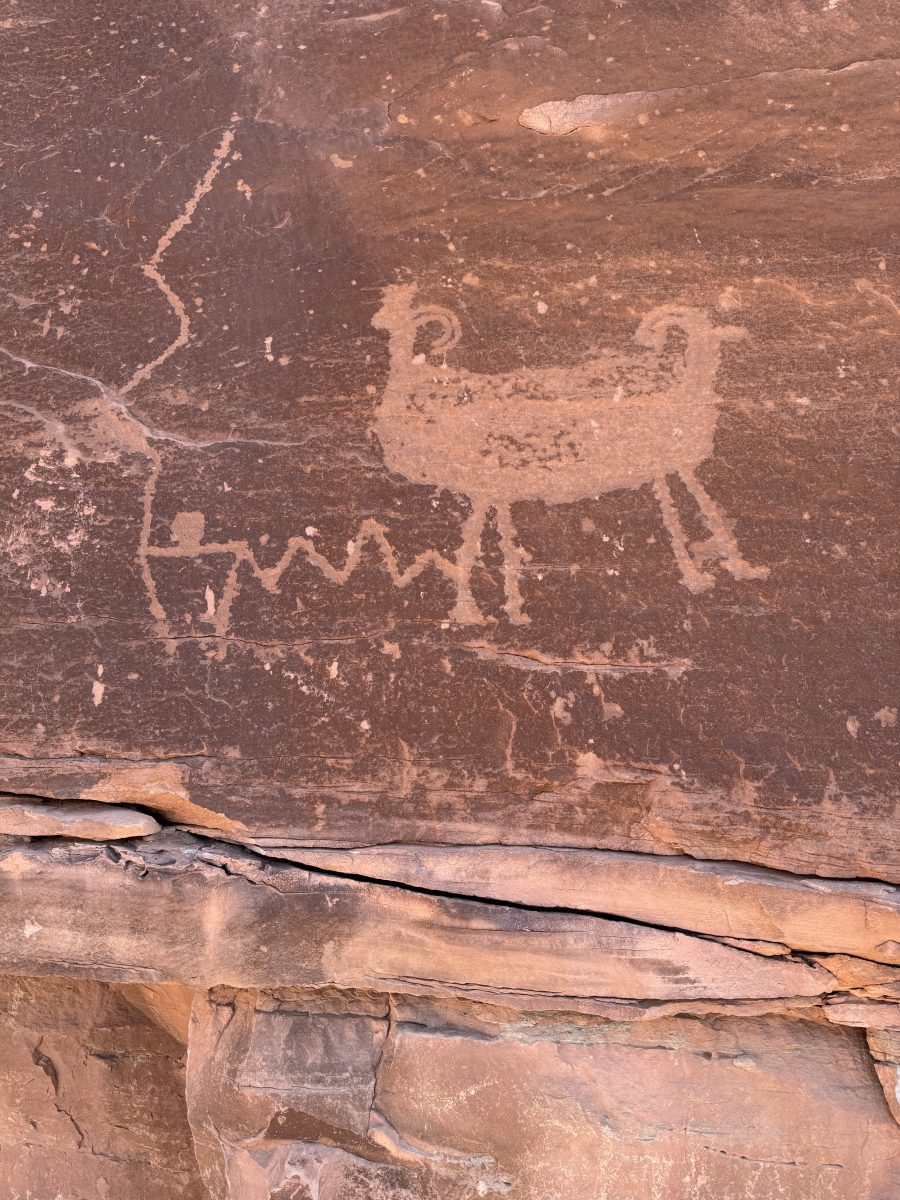
From Ephesus to Egypt
The ancient Greeks, Romans, and Egyptians left their mark on walls. In Ephesus, a kind of “advertisement” for a brothel was discovered, complete with a heart, cross, and a left foot. In Pompeii, archaeologists found countless graffiti inscriptions: names, declarations of love, political slogans—and even warnings not to urinate on certain walls. One of the earliest examples of graffiti dates back to the 4th century BC, when Greek soldiers carved their names into the walls of the Temple of Zeus at Olympia.
Italian Frescos
“Fresco” is an Italian term that literally means “fresh” and refers to a wall or ceiling painting applied over a wet lime plaster layer, so that the paint blends in with the wall once it dries. The term is also used for the painting process itself or for a mural created using this technique. This way of painting murals is unique and preserves the colors perfectly over thousands of years (35 BC).
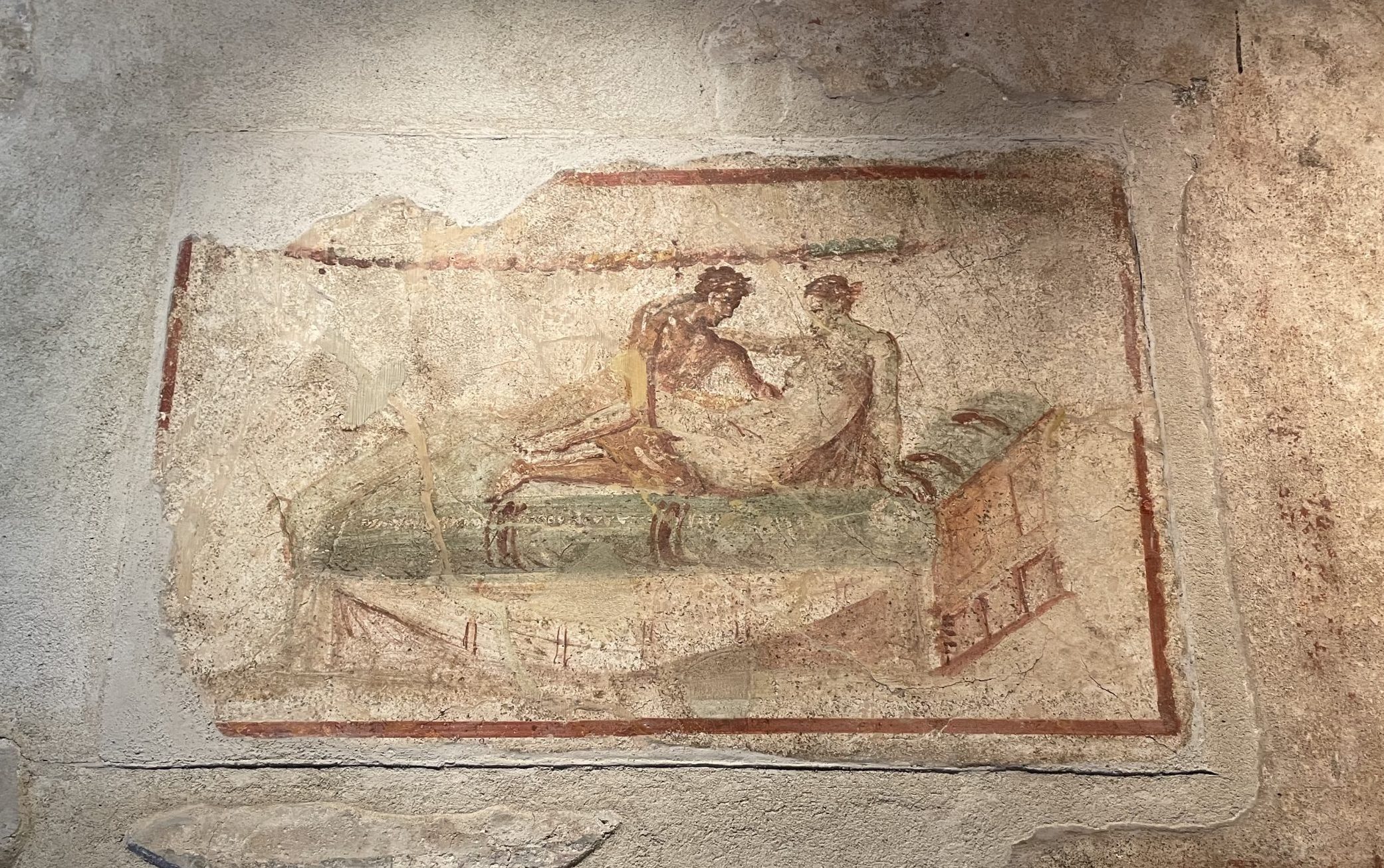
Vandals and vandalism
The term “vandalism” originates from the Vandals, a Germanic tribe from Scandinavia (Vikings around 1200 AD), who, as they migrated south, left behind graffiti as a form of self-expression or to convey messages. Their name lives on in our language as a symbol for the defacing of cultural heritage.
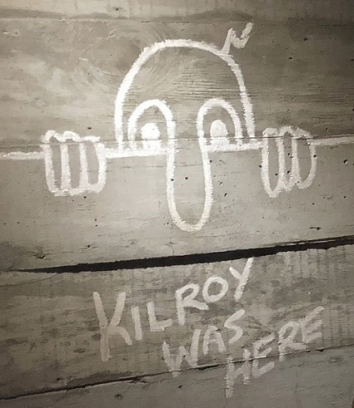

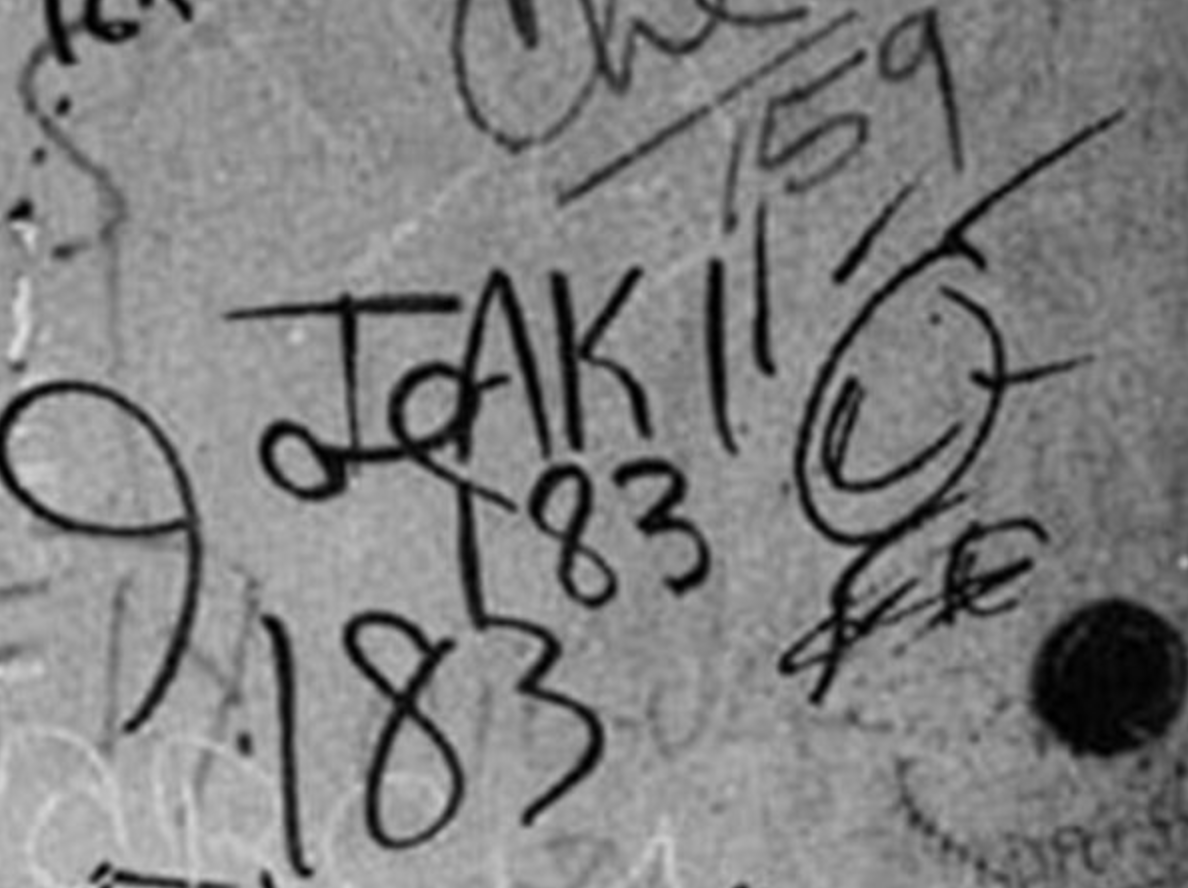

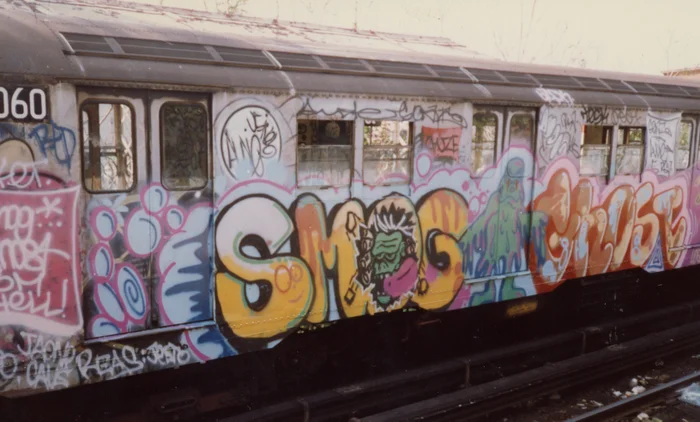
The modern wave from 1965
Modern graffiti as we know it originated in the mid-1960s in Philadelphia by CORNBREAD and TAKI 183 in New York City. Young people would leave their “tags” (signatures) on trains, subways, and walls. This early form of graffiti was primarily considered a form of territorial marking and personal expression within urban youth culture. These tags evolved in the late 1970s into colorful artworks with wildstyle lettering, cartoonish figures, and complex compositions.
NYC-based graffiti artists like The Godfather of Graffiti ‘SEEN’, but also QUIK, BLADE, PHASE2 and DONDI brought the movement to Europe and the rest of the world in the early 80s – and graffiti has been an integral part of the streets here ever since. At the same time, artists like Jean-Michel Basquiat and Keith Haring started to incorporate elements of graffiti into their work, which led to the genre also gaining recognition in the traditional art world and museums worldwide.
From underground to art form
What once began as street rebellion has grown into a full-fledged art movement that has gained popularity worldwide. Graffiti art is exhibited in museums, exhibitions, and art galleries. Today, street art and murals are also used to beautify neighborhoods, brighten up tunnels, and tell stories on urban walls. Street art often goes beyond the illegal aspects of graffiti and includes legal murals and art installations in public spaces. Many cities have established street art festivals and galleries to promote this art form and expose it to a wide audience. This leads to large-scale art projects in neighborhoods with numerous murals that together form an open-air museum. This creates a vibrant urban art culture that is freely accessible to everyone. Here, you can take a guided street art or mural tour. The city of Heerlen (Netherlands) is a good example.
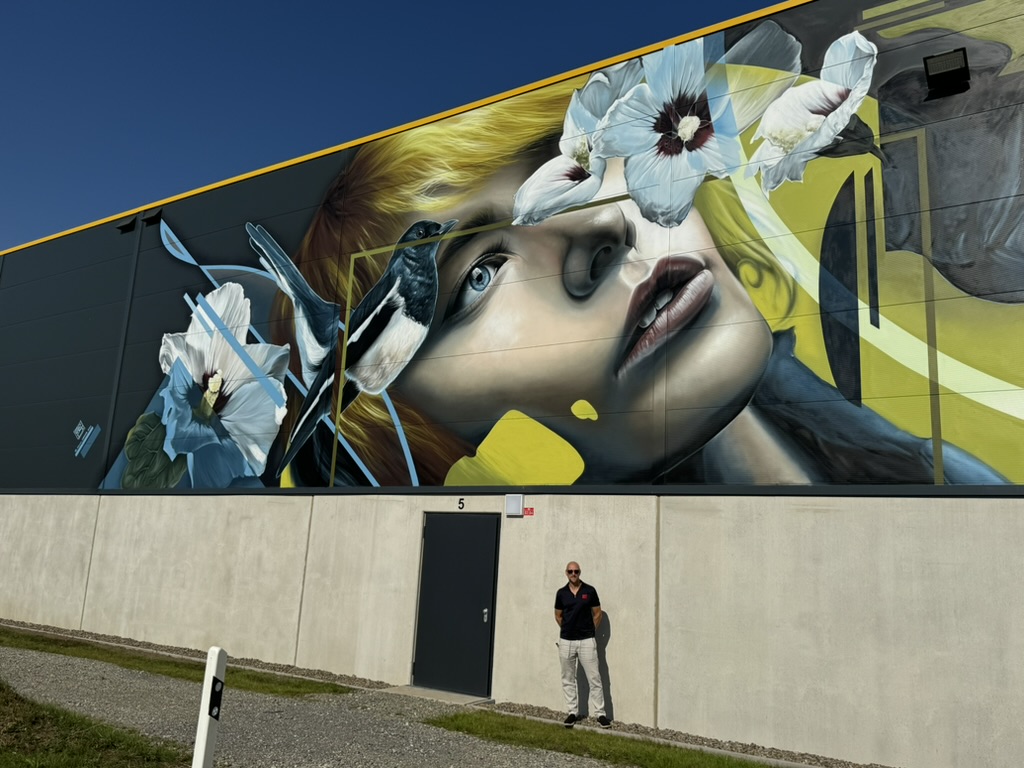

Looking for a graffiti artist? Found one!
Explore the work of muralist and graffiti artist GOMAD, who, with his photorealistic style and years of experience, gives the centuries-old tradition of murals a contemporary twist. Whether you want to enhance a facade, connect a neighborhood, or strengthen a brand, with over 35 years of experience, he combines artistic quality with professional execution.

